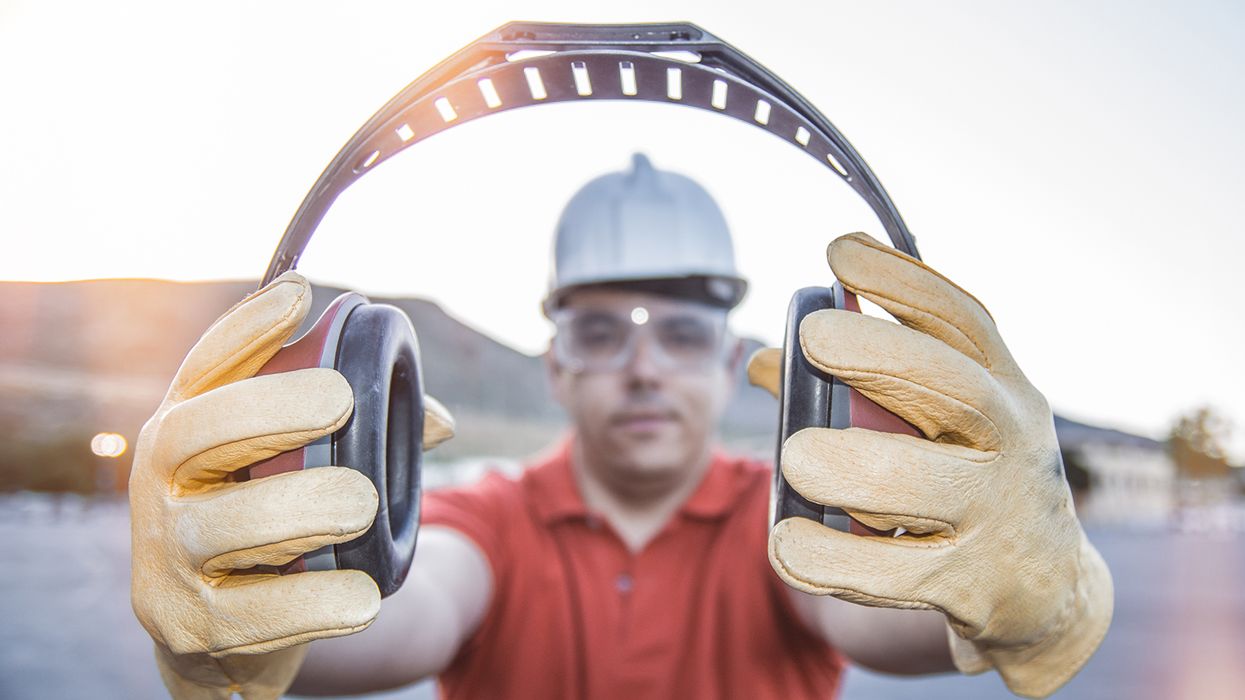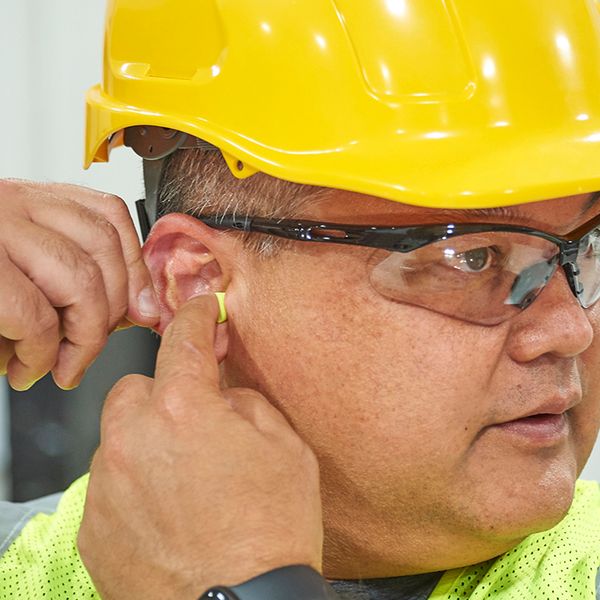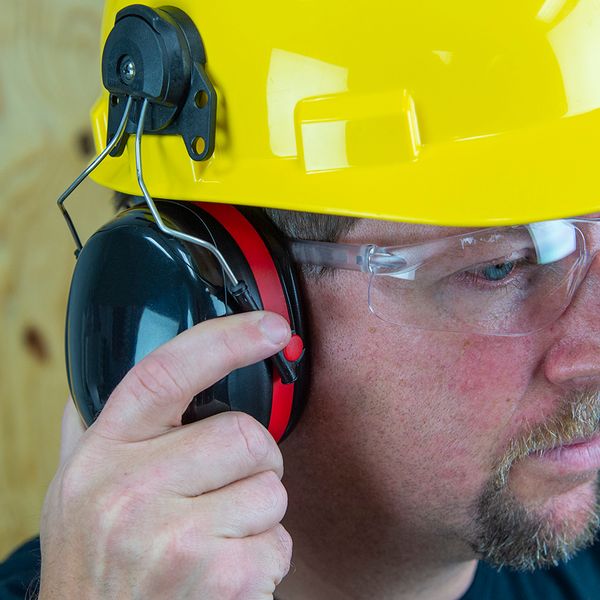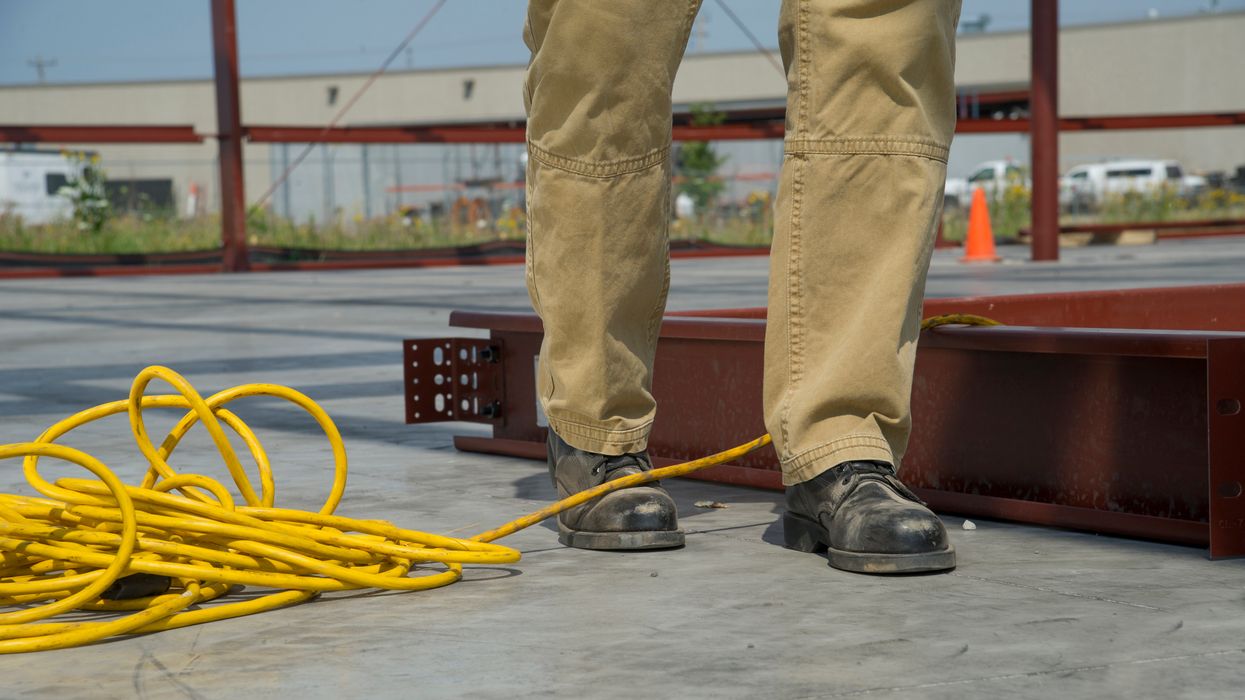Noise exposures at your workplace
Ensuring your workers’ work environment is comfortable might prevent unnecessary enforcement actions. I recently had a peer, a Corporate EHS Director for a large specialty contractor, share his company’s recent experience with me about an OSHA inspection.
Workers complained they were not comfortable at work, saying noise levels were distracting and loud. Although the company did not violate any OSHA standards and provided workers with adequate hearing protectors, it had difficulty explaining to OSHA how it performed assessments to evaluate noise exposures.
Most employers must implement some elements of an IH or occupational health program depending on their work activities and workers’ exposures. Here is some guidance on how to evaluate noise exposures by performing a walk-around survey.
Noise
OSHA requires employers to determine if workers are exposed to excessive workplace noise. If so, the employer must implement feasible engineering or administrative controls to eliminate or reduce hazardous noise levels. Employers must implement an effective hearing conservation program where controls are insufficient.
OSHA’s occupational noise exposure standard at 1910.95 protects general industry employees, such as those in the manufacturing, utilities, and service sectors. It does not cover the construction or the oil and gas well drilling and servicing industries.
Evaluating noise exposure
The first step toward solving any noise problem is to define it. Employers must determine the level of noise their employees are exposed to in the workplace to determine which control methods are needed to protect worker safety.
When evaluating which employees are potentially covered by OSHA’s standard, remember that the rule applies to employees with even one day of exposure to noise levels at or above 85 decibels on an eight-hour time-weighted average (TWA).
Employees not exposed to noise levels equal to or exceeding 85 decibels (as an eight-hour TWA) for an entire year following their last annual audiogram may be removed from the hearing conservation program. The next step is to perform an assessment by performing a walk-around sound survey and sampling.
Walk-around sound survey
There is only one way to know if noise has reached a dangerous level — by having someone trained conduct a sound survey. Anyone trained to use a sound level meter and a dosimeter and evaluate the data should be able to perform the survey. Employers should engage a trained individual to conduct a walk-around sound survey of their workplaces.
The walk-around survey will screen for noise exposures and determine if additional monitoring is necessary. When screening for noise exposures, sound-level meter measurements and estimates of the duration of exposure are sufficient. The resulting spot readings can be used to determine the need for a complete evaluation.
If the results of the walk-around survey indicate time-weighted average (TWA) exposures of 80 decibels or more, additional noise monitoring should be performed. Employers should consider the accuracy of the sound level meter when making this estimation. For example, a Type 2 sound level meter has an accuracy of plus or minus 2 decibels.
Key to remember
Most employers must implement some element of an IH or occupational health program. Noise exposure is a common issue in workplaces today that requires employers to perform an assessment.



















































